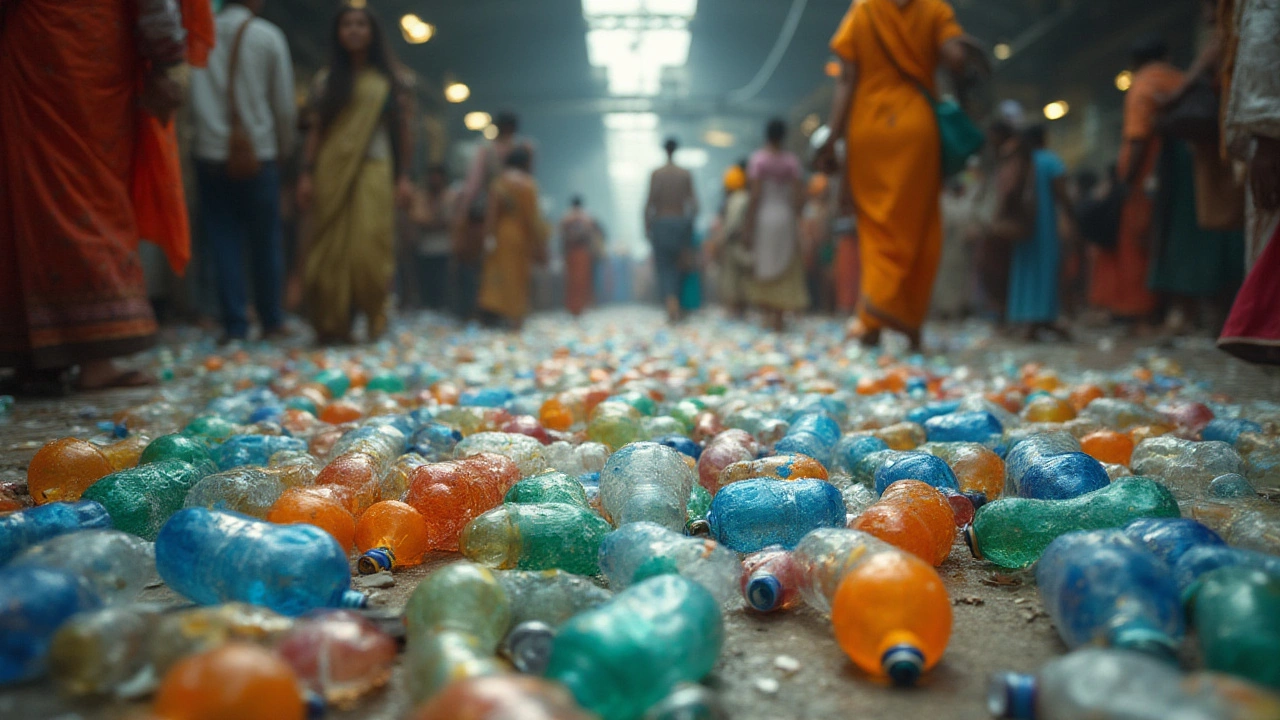Top Single-Use Plastics: What They Are and Why They Matter
Single‑use plastics are the cheap, throw‑away items you see everywhere – from water bottles to coffee cup lids. They’re convenient, but they also pile up in landfills and oceans faster than they break down. Knowing which plastics are the biggest culprits helps you make smarter choices at home, at work, and when you shop.
Which Plastics Show Up Most Often?
Here’s a quick rundown of the top five single‑use plastics you’ll encounter:
- PET (Polyethylene Terephthalate) – #1: Used for soda bottles, juice drinks and some food trays. It’s the most recycled plastic, but many bottles still end up as litter.
- HDPE (High‑Density Polyethylene) – #2: Found in milk jugs, detergent bottles and grocery bags. It’s sturdy and recyclable, yet a lot of bags slip through recycling bins.
- PP (Polypropylene) – #5: Common in yogurt containers, bottle caps and straws. It resists heat, so it’s popular for microwave‑able items.
- PS (Polystyrene) – #6: The clamshell containers and foam coffee cups you love for take‑away meals. This foam breaks down into tiny pieces that float in water for years.
- PVC (Polyvinyl Chloride) – #3: Used for clear food packaging and cling film. It’s cheap but releases harmful chemicals when burned.
These numbers aren’t just for junk‑yards – they guide recycling programs and tell manufacturers how to label their products.
Why They’re a Problem and What You Can Do
When single‑use plastics are tossed, they often travel to rivers, oceans or illegal dumps. Marine animals can mistake tiny fragments for food, leading to injury or death. On land, plastic blocks soil and can seep chemicals into groundwater.
Fortunately, you don’t need to become an activist overnight. Simple swaps make a big impact:
- Choose glass or stainless‑steel bottles instead of PET bottles.
- Bring your own reusable bag instead of grabbing an HDPE grocery bag.
- Skip plastic straws and request a paper straw if you need one.
- Look for products packaged in cardboard or metal when possible.
- If you must use plastic, rinse it out and put it in the correct recycling bin.
Businesses are also joining the effort. Many manufacturers now label their packaging with the resin identification code, making it easier for consumers to sort waste correctly. Some companies are redesigning products to use fewer plastic layers, which improves recyclability.
In short, the biggest single‑use plastics are easy to spot, and the steps to cut back are straightforward. By swapping a few items and paying attention to recycling labels, you can help keep plastic out of the environment without sacrificing convenience.
Keep an eye on new regulations too – several Indian states are phasing out certain single‑use items, and the government is boosting recycling infrastructure. Staying informed means you can adapt quickly and stay ahead of any changes that affect how you shop or dispose of waste.
Ready to start? Check the plastic codes on the items you use daily, pick the reusable alternative that fits your lifestyle, and make a habit of putting the right plastic in the right bin. Small actions add up, and together we can reduce the load of single‑use plastics on our planet.

What Is the Biggest Single-Use Plastic Product? Surprising Facts & Environmental Impact
Explore the biggest single-use plastic item in the world, its shocking impact on our planet, and practical tips to reduce waste. Don't miss these eye-opening stats.
Read More